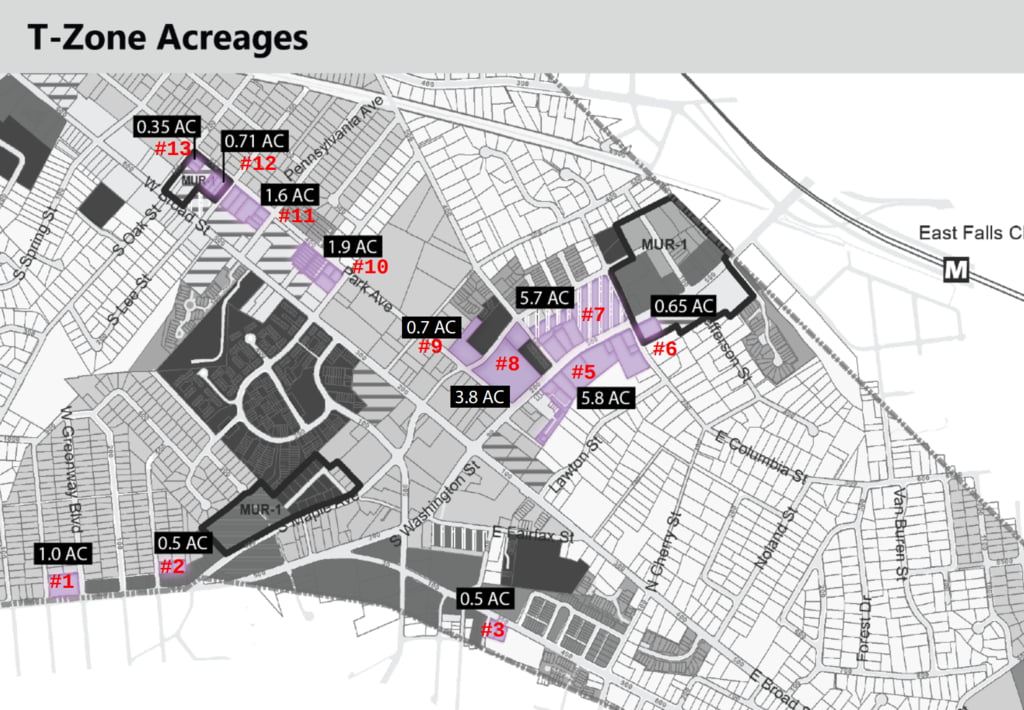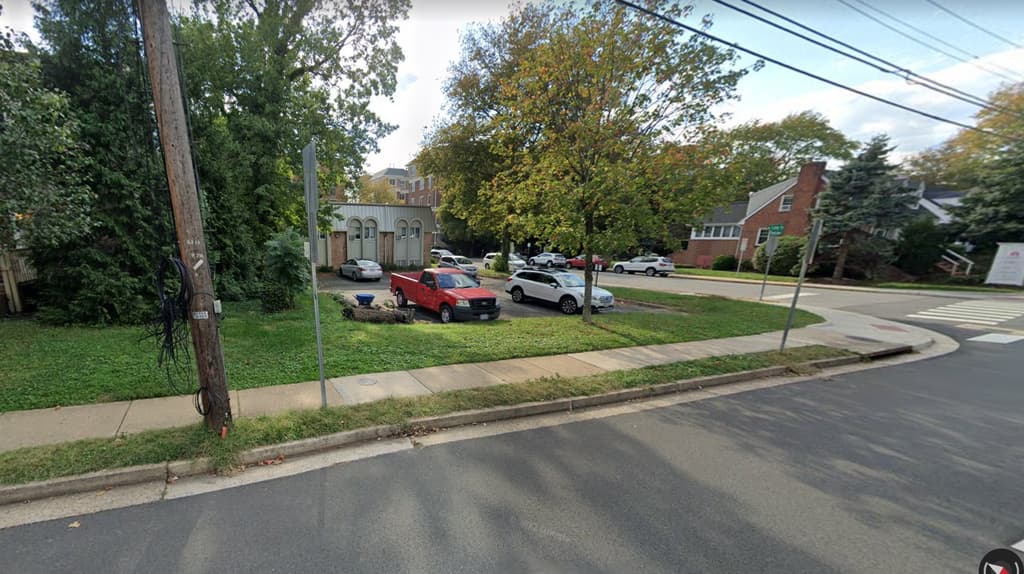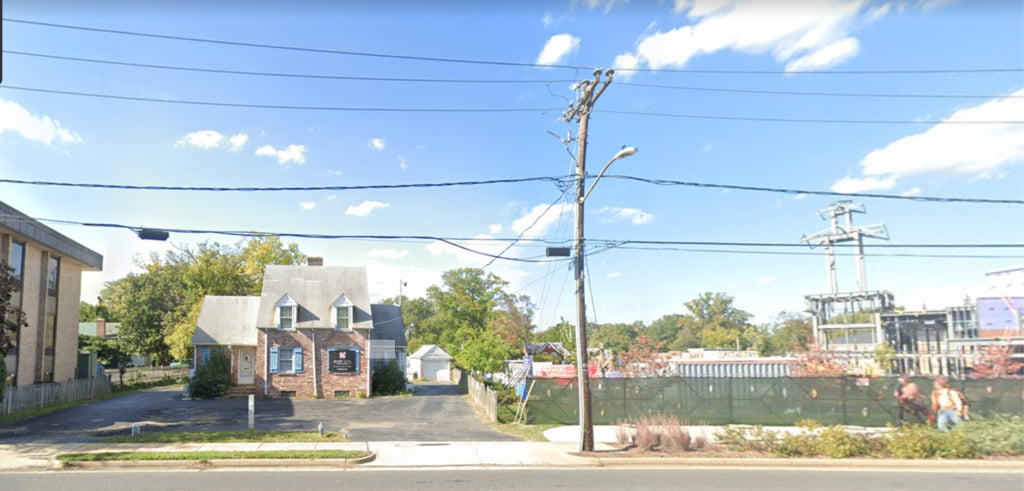Updates from Letty – March 10, 2023
Blog posts are the personal views of Letty Hardi and not official statements or records on behalf of the Falls Church City Council
Dear Friends,
We had a lengthy and detailed work session this week on Transition Zones (aka, T Zones) to review the Planning Commission’s recommendations. As a quick summary – the proposal is to allow more “gentle density” (ie, smaller infill projects that would serve as an appropriate transition between lower intensity residential areas and higher intensity commercial districts) in Transition Zones which represent about 3% of the city’s land, especially to create more housing diversity in the city. The recommendations are quite technical, so I’ll summarize, link to specifics, and dispel some of the top misunderstandings I’ve seen. As we are at the halfway point, we will continue to hear community input at the next town hall on March 21 ahead of a planned April 24 first reading vote.
Calling all environmentalists: the city is embarking on two strategic plans this spring, a community energy action plan to hit our greenhouse gas emissions reduction goals (kicking off next week at the ESC meeting) and a solid waste management plan to develop policies to reduce our waste, increase recycling and reuse, and other related policies like composting. We have one more opening on the Solid Waste Committee, which has a 1 year charter to develop the plan – a great time-limited way to get involved.
Best,
Letty
What’s Happened This Week:
Transition Zones
Quick recap:
- In early 2021, we started the Transition Zone initiative, with the original goal to facilitate infill development of smaller projects with more diverse housing options that are in short supply, like condos and townhomes. T Zones were identified as a good opportunity for such zoning updates because of their intended purpose of transitioning in height and use intensity between commercial (multi-acre 6+ story tall buildings) and residential areas (2-3 story single family homes). We have also seen limited reinvestment activity in T Zones, which lag behind in aesthetics, streetscape, and infrastructure compared to other areas.
- What or where are T Zones? T Zones are transition districts across the city, primarily along Park Ave and N. and S. Washington, representing about 3% of the city’s land. They usually abut commercial districts on one side and residential on another, hence the term “transition.” There are a variety of uses today – this map shows the acreages and locations of current T Zone parcels.
- After 5 work sessions, the City Council referred out our recommendation in May 2022 to the Planning Commission, Housing Commission, and Environmental Sustainability Council.
- The Planning Commission held multiple work sessions, a public listening session, and voted unanimously on a set of recommendations back to us last month.


Cluster #11 – 700 block of Park/Lee

Want more details?
- My top recommendation is to review the staff report, especially the chart on pages 1-4. It does a nice job laying out the zoning rules in T Zones today vs City Council’s initial proposal vs the Planning Commission’s revisions.
- If you want visuals, the staff slides from the League of Women Voters event are helpful or you can watch the recording of our work session.
- Finally, all 13 attachments about T Zones are posted in our agenda packet – I especially recommend the regional housing report on why increasing housing supply across all income levels matters. Note – despite some population outgrowth trends post-Covid due to the intersection of constrained housing supply/high prices + remote work, the Metropolitan Council of Governments’ (COG) has continued to forecast population and household growth in the DC region.
A few specifics, especially the top 3 FAQs and misunderstandings I’ve heard:
- Too dense/too tall – many of the public comments we’ve received express concern that the changes will result in much taller or denser buildings and that we’re “Ballston-izing” Falls Church. If you look at what’s allowed today (and not the current use necessarily, which may be an underutilized parking lot) – you’ll see the recommended changes are modest and in some cases, improve upon today’s rules – such as with tree canopy requirements where there are no requirements at all today vs 15% canopy, the maximum allowed by Virginia, is what’s on the table. The changes (setbacks, stepbacks, coverage, height) *are* meant to elicit more development that we want in T Zones. We’ve asked staff to “market test” the proposal to see if it’s economically attractive for the development we’d like to see. The proposed maximum height allowed is 4 stories, or 50′ – which is 1 story and 5′ taller than allowed today. It’s also important to note that there are several large, long standing uses in T Zones today (for example, Columbia Baptist Church and Kaiser Permanente) that are unlikely to change in years to come, so T Zone redevelopment would likely occur on a limited number of fewer parcels. We understand that the context of the surrounding uses matter, so the details are important to get right. We want to balance the perspectives of property owner’s rights, good land use and urban planning, and existing neighbors.
- Housing in T Zones won’t be affordable – affordable housing was not one of the original goals of modernizing T Zones. Adding housing supply across a wide range of price points and diverse stock, especially more ownership opportunities, is a key part of the City’s overall housing strategy. Additional middle housing stock will be naturally more affordable than single family homes where the median new home price is $1.5-1.8M, which is the only type of new housing we are building besides new multi family apartments. There needs to be more options for growing families, downsizing seniors, and everyone in between. As we originally referred, we’d like to see residential projects in T Zones provide 10% of the units to be set aside as committed affordable.
- There will not be enough oversight or community input for future T Zone projects – Every future project in T Zones will still undergo a review and approval process by staff and a public body, either the Planning Commission and/or City Council. Even by-right redevelopment uses are required to go through the site plan process which includes review by the Planning Commission and staff. See the specifics of how the Special Use Permit process works (starting at line 125 of the staff report), which is still quite rigorous in contrast to the Special Exception Process, that has been used for all mixed use development.
Having watched or attended the Planning Commission’s meetings, listening session, and deliberations and read all the materials and much of the public comment, I believe their recommendations to be thorough and thoughtful. The iterative legislative process is working as intended – the PC has clearly improved upon the recommendation we referred out last May. It was our turn this week to roll up our sleeves and we look forward to continued community input in our upcoming meeting and town hall on March 21, ahead of the April 24 vote where it would be again referred out to our boards for a final round of feedback.
What’s Coming Up:
Monday, March 13 – City Council Meeting*
Tuesday, March 21 – T Zone Town Hall
Wednesday, March 22 – City Council “Ask the Council” Office Hours (9 am, City Hall)
Monday, March 27 – City Council Meeting* (FY24 budget presentation)
*every Monday (except 5th Mondays and holidays) at 7:30 pm. You can access the agenda and livestream here, including recordings of past meetings